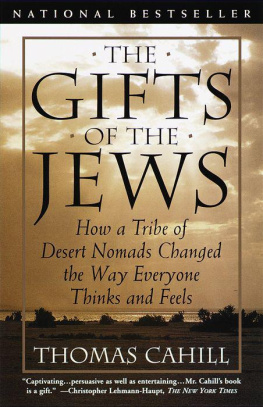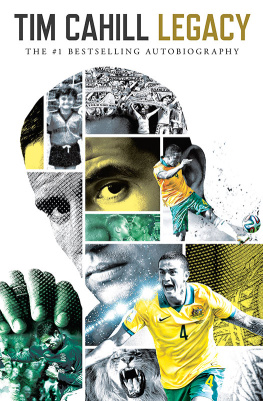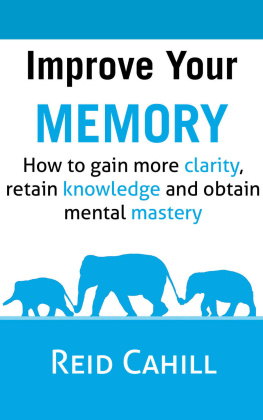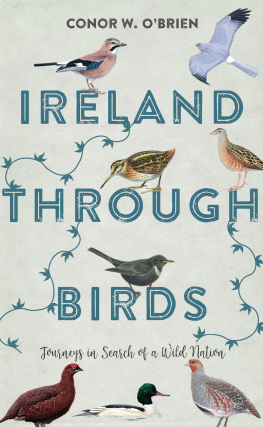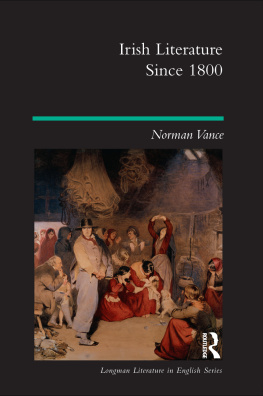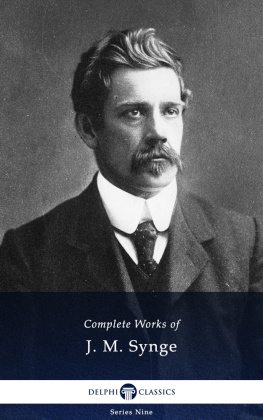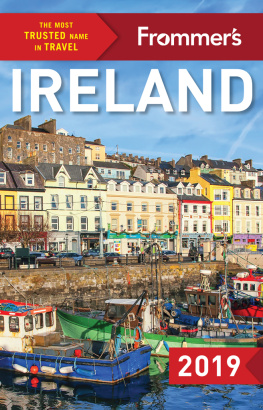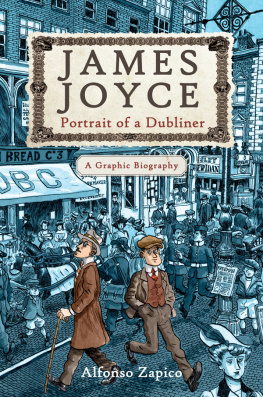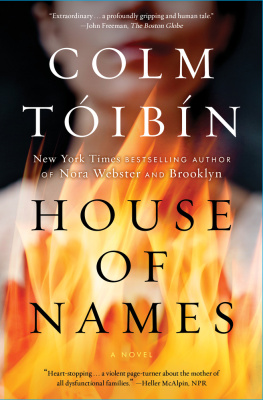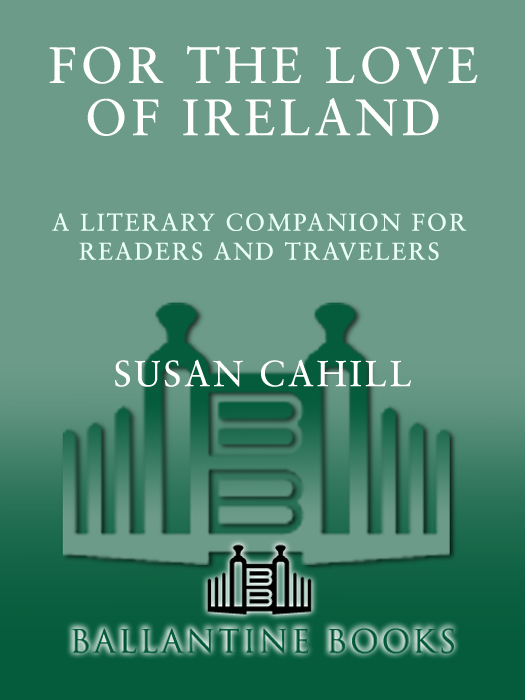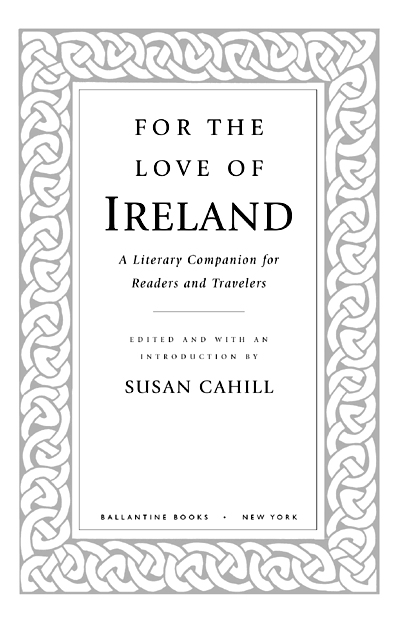BY SUSAN CAHILL
NONFICTION
A LITERARY GUIDE TO IRELAND
(with Thomas Cahill)
DESIRING ITALY:
Women Writers Celebrate a Country
FOR THE LOVE OF IRELAND:
A Literary Companion for Readers and Travelers
FICTION
EARTH ANGELS
ANTHOLOGIES
WISE WOMEN:
Two Thousand Years of Spiritual Writing by Women
WRITING WOMENS LIVES:
Autobiographical Narratives by 20th-Century American Women Writers
GROWING UP FEMALE:
Stories by Women Writers from the American Mosaic
MOTHERS:
Memories, Dreams, & Reflections by Literary Daughters
NEW WOMEN AND NEW FICTION:
Contemporary Short Stories by and about Women
WOMEN AND FICTION
A Ballantine Book
Published by The Random House Publishing Group
Copyright 2001 by Susan Cahill
All rights reserved under International and Pan-American Copyright Conventions. Published in the United States by Ballantine Books, an imprint of The Random House Publishing Group, a division of Random House, Inc., New York, and simultaneously in Canada by Random House of Canada Limited, Toronto.
Owing to limitations of space, permission acknowledgments can be found , which constitute an extension of this copyright page.
Ballantine and colophon are registered trademarks of Random House, Inc.
www.ballantinebooks.com
Library of Congress Cataloging-in-Publication Data
For the love of Ireland : a literary companion for readers and travelers /
edited and with an introduction by Susan Cahill.1st ed.
p. cm.
eISBN: 978-0-307-77835-2
1. English literatureIrish authors. 2. Irish literatureTranslations into English. 3. IrelandLiterary collections. I. Cahill, Susan Neunzig.
PR8835 .F67 2001
820.809417dc21 00-066753
v3.1
For Tom, Kristin, Joey,
and our new fellow traveler, Dan Garcia
In Ireland,
For Nancy Marlborough of Quin
Contents
George Bernard Shaw, Kate OBrien, Pete Hamill, Oscar Wilde, Brendan Kennelly, W. B. Yeats, Edna OBrien, John Hume, St. Brigid, James Joyce
Introduction
T he clichs that obscure Irelands richly layered complexity resurrect themselves regularly in Saint Patricks Day hype and Hollywood reruns. But youre not on Irish soil for ten minutes before you see the fraud of the shamrock-and-leprechaun approach to one of Europes most ancient and mysterious cultures. To visit Ireland is to encounter the Irish imagination. And the best guide to that haunting and fertile landscape is the words of its writers. Many readers, including Celtophiles, unreconstructed English majors, and some of the forty million Americans of Irish descent, are familiar with the literary art of this little place which on a map of the world looks like an elbow of England. With the recent acclaimthe Bookers, the Tonys, the Pulitzers, the National Book Awards, the Nobel Prize for Literaturegiven to both Irish writers and American writers of the Irish diaspora, the word has spread to a growing general audience. In the twentieth century Ireland producedand after the turn of that century continues to produceas many major writers in the English-speaking world as the United States and Britain.
Reading, writing, and travel are creative acts. The poet Yeats believed the act of writing entails a lifelong creation of the self. Travel writer Paul Theroux compares writing a novel with traveling in a strange country since both rely on the discoveries of the imagination to amount to anything significant. No wonder, then, William Zinssers observation in They Went: The Art and Craft of TravelWriting: Some of the best travel writing turns up in novels and short stories. Reading Ulysses, you see, hear, and taste Dublin.
Because they enliven the imagination, good books and interesting travel are, for more and more people, a kind of food, basic requirements for the fullness of life. At the feast of lifes fullness, both the landscape of Ireland and Irish writing command attention. Between the two, there is an intimacy, a symbiotic presence. Traveling in Ireland, you feel the spirit of place as almost palpable, yielding a kind of revelation. Again and again Irish writers locate in the hills and valleys that are never far from the sea a mortal happiness. Many places come thick with legends and history, a layered past that inspires a writer like Seamus Heaney to break through to great depths of insight. In Ireland the material world is charged with a beauty that under certain lights the tragedies of her historyinvasions, famine, emigrationonly intensify.
To read and to follow these witnesses is to see their luminous sources: the mountains of Donegal that within such short distances give way to seascapes, the rocky cliffs of Clare suddenly giving over to green plains, the brooding mists of Kerry and Cork to sun and rainbows, the mix-up of faces and voices in towns and cities that are never just one thing coming through in one key. Joyces Dublin, for instancehilarious, eccentric, pedantic, bawdy, cruel, kindexemplifies Ireland as the never monotonous, despite the surface monotonies of rain and bog.
With the armchair and the on-the-road traveler in mind, For The Love of Ireland is both an anthology of engaging primary sources in which the writers evoke a particular place and a travel guide to the places and contexts that these writers bring to life. Having walked, climbed, driven, and lived in Ireland, Ive found out for myself how closely the writers descriptions match the places travelers can still discover today. The short commentaries following each selection will help you find the specific world each writer creates and loves.
In a country so roiling with contradictions, the attempt to say anything definite about its cultural contexts is as challenging as, say, finding William Trevors Nire Valley under a hailstorm in June throughout which the sun still shines and the road signs get blown in the wrong direction. (Now why would you say wrong, missus?) Up to a point, the writers in this book make things easy. Knowing Irelands multiple identities, the writers represent a full range of them. In a wide range of moods, swinging from delight to cool-eyed criticism to rejection, these visionaries and incomparable wits alert you to any foolish generalizations; they also communicate their often comic acceptance of Irelands instabilities. Their poems, short stories, and memoirs resound with multiple sensibilities, ancient and modern, fierce and gentle, a pagan and Christian mixthe ground, I think, of Irelands seductiveness.
On-the-road travelers will appreciate that the writings highlight Irelands most dramatic settingsthe Dingle Peninsula, the Cliffs of Moher, the North Antrim Coast (or Giants Causeway), Connemara. But the plain places are here, too, thanks to the extraordinary writers whove found gold amidst the ordinarinessMcCourts Limerick, Brian Moores Belfast. Where would Swift, OCasey, and Joyce have been without their dear dirty Dublin? Some hidden placesthe lush and tranquil Blackwater Valley, southwest Mayoare personal favorites (the former loved as well by Elizabeth Bowen and Dervla Murphy, the latter by Grace OMalley, the rebel Pirate Queen and Michael Longley). Red flags of warning are applied to some destinations, glutted with coaches and tourists in high season. For the most part, though, overcrowding (except in pubs) is not yet an Irish problem. Many areas are so sparsely populated (except for the sheep) the calendar might have been put back a century.


